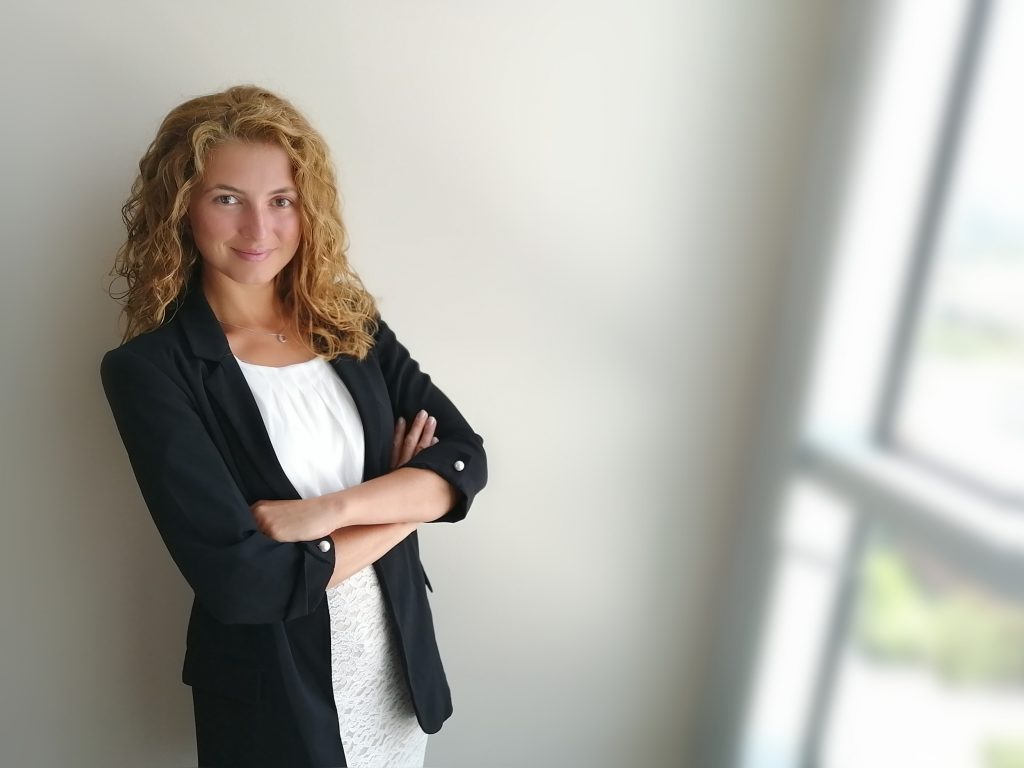A major grant from the Novo Nordisk Foundation will enable a young researcher from Germany to establish herself in Denmark and to bring a microscopy technique and mouse model intended to elucidate the underlying mechanisms of kidney failure. In the long term, this may help to solve the problem of kidney failure among people with diabetes.
People with diabetes often have many complications in addition to high blood glucose and overweight. Chronic kidney disease is one possible complication of diabetes and affects an estimated 10–15% of the adult population in Denmark. Diabetes is a major risk factor for developing end stage kidney failure.
Researchers have had great difficulty in understanding the mechanistic part of the disease development that links diabetes to kidney failure, but that will hopefully end soon.
Thanks to an Emerging Investigator grant from the Novo Nordisk Foundation, Ina Maria Schiessl, a young German researcher, will establish her own research group in Denmark. She is bringing a microscopy-based technique using a mouse model that is unique. The hope is that this may shed light on how kidney failure develops among people with diabetes and provide new treatment strategies.
“Intravital serial multiphoton microscopy enables us to study the same kidney cells in living mice over time. We can see how the cells behave when the kidneys are damaged and hope we can use this information to combat this very serious complication of diabetes,” says Ina Maria Schiessl, who will soon start as a group leader in the Department of Biomedicine at Aarhus University and lead a research group over the next 5 years.
Changes in kidney cells among people with diabetes
Structural changes in the cells that build the kidney’s blood vessels are key in developing kidney failure associated with diabetes.
One change is cells migrating away from the blood vessels, which destabilizes them and leaves scars. Both worsen kidney function, and if this continues, the kidneys eventually fail.
However, researchers have incompletely understood the mechanism behind these pathogenic changes in the cells. One reason is the lack of techniques to study these structural and functional changes live and over time.
“My research aims to determine how kidney cells malfunction. Similar to wound-healing of the skin, these strong structural changes may have the purpose to repair the kidneys. But there is a tipping point where things go wrong and kidney fibrosis, scarring of the tissue, developes, and kidney function declines. I want to understand this better so that we can eventually help the people with kidney disease,” says Ina Maria Schiessl.
An optical window into the functional kidney of a living mouse
Ina Maria Schiessl is bringing a unique technique to Denmark.
When researchers study kidney cells in mice, they normally have to sacrificethe mice and then remove their kidneys to examine them under a microscope. Unfortunately, this also means that the researchers cannot monitor the development of individual kidney cells over time, and they therefore do not know where the cells come from or where they are going.
Ina Maria Schiessl does something special to overcome this problem. Instead of killing the mice, she implants a glass plate in their abdominal cavities to which she glues the kidneys. In addition, she uses a genetic mouse model, which identifies blood-vessel cells in various colour combinations and enables the researchers to track the fate of individual cells over time.
When she puts the living but anaesthetized mice under the microscope, she can visualize the kidney through the optical window and monitor the dynamics and fate of the same kidney cells over time.
“I investigate kidney cell remodelling in the same mice over time. When I sacrifice them, I aim to analyse their protein expression to establish novel cellular biomarkers and to link those to specific structural and functional alterations observed in living kidney cells. This will hopefully help to identify novel treatment strategies for patients,” says Ina Maria Schiessl.
Becoming independent as a researcher
Ina Maria Schiessl says that, in 5 years, she hopes to have solved the mystery about the changes in the blood vessels in kidneys associated with the development of kidney failure among people with diabetes.
Hopefully, by that time, she will understand how structural changes in the kidneys can be beneficial in many ways but can also reach a critical point where things go wrong instead and the kidneys stop functioning.
This new grant from the Foundation will hopefully enable this.
“This is a great honour, and it is fantastic to have the opportunity to carry out this project over such a long time so that I can perform the research both holistically and systematically. This will be my first step towards independence as a researcher, and I can also hire colleagues and ensure that they have work for several years. All our experiments, equipment and mouse models are expensive, so it is essential for both the research and my career to have as much financial backing as possible,” says Ina Maria Schiessl.
Aarhus University is a leader in kidney research
Ina Maria Schiessl says that she has decided to move to Denmark and specifically to Aarhus University, because it is one of the few places in the world where so many kidney researchers collaborate in the same place.
“I have known many of them for several years and appreciate their work and impact. In addition, there are excellent opportunities to get funding for research in Denmark, and the people at Aarhus University are really good at helping researchers from other countries to move to and settle in Denmark. Everyone is very helpful, and I cannot wait to get started,” she says.

